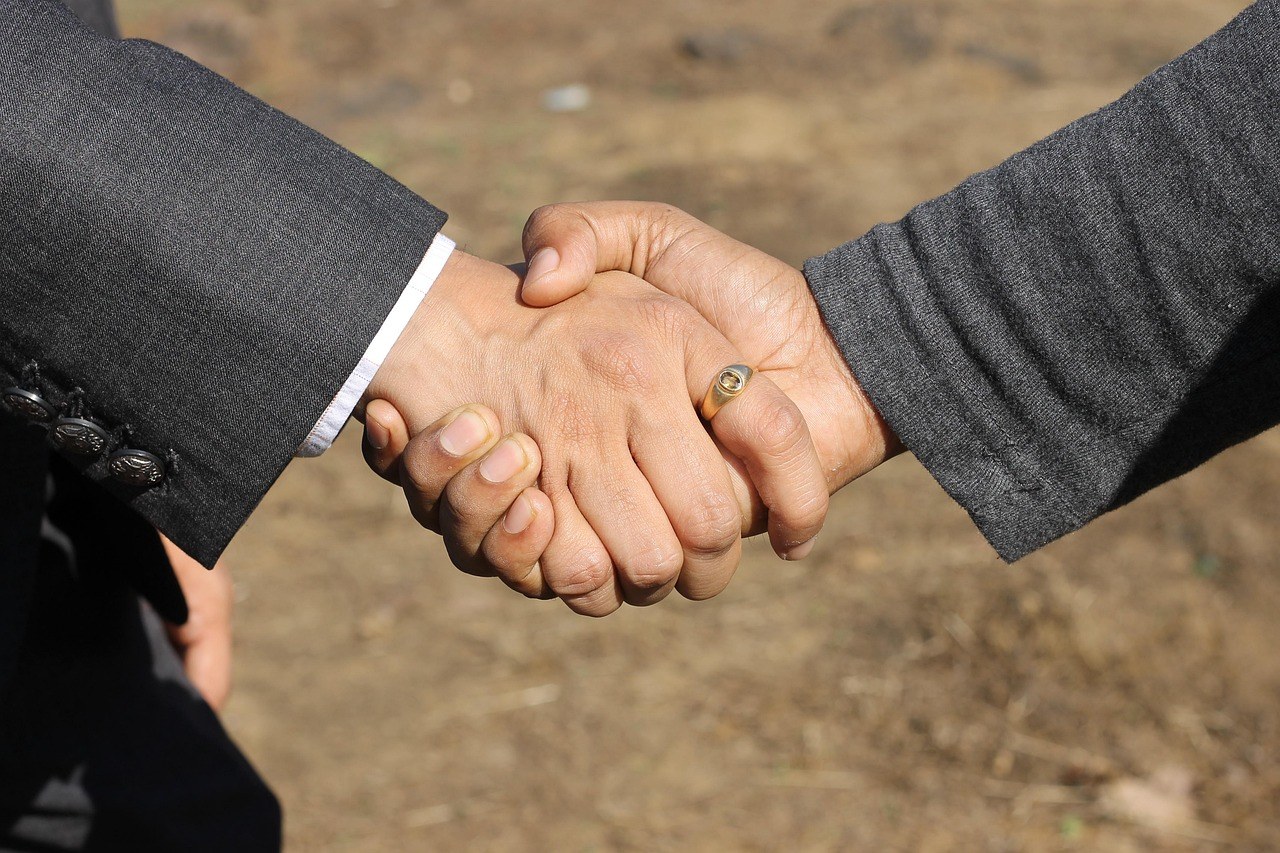Most people have felt an intense pull toward someone that isn’t quite romantic yet feels far stronger than ordinary friendship – a feeling that lights you up, sharpens your attention, and makes time spent together feel extra vivid. That experience has a name: squish. A squish is not about sexual chemistry or dating goals. It is a deep desire to be close in an emotional and social way – to share jokes, routines, and life updates, to cheer one another on, and to show up when it matters. If you have ever met someone who felt instantly familiar and you wanted to fold them into your everyday life, you have likely encountered a squish.
What people mean by “squish”
Language evolves, and so do the meanings we attach to it. While the term has popped up in different contexts over time, the sense we are exploring here is simple: a squish is a strong, focused, non-romantic attraction. You want proximity, rapport, inside jokes, and reliability. You want to sit together, run errands together, swap playlists, and hear their take on your day. You might crave hugs or shoulder-to-shoulder comfort – the kind of closeness that says “you’re my person” without suggesting courtship. In other words, a squish is a platonic crush that foregrounds emotional companionship and shared presence over flirtation or dating.
Think of the way some people talk about being “instant best pals” or having a bromance or becoming besties at warp speed. Those phrases point in the same direction, but squish carries a bit more intensity. It isn’t merely, “We get along.” It is, “I want to weave you into my everyday life – plans, routines, and quiet moments – because being around you feels easy and energizing.” That is why a squish often feels bigger than plain friendship and yet remains clearly distinct from romantic interest.

How a squish differs from a crush
Because the feelings are vivid in both cases, people often wonder whether they are experiencing a squish or a crush. The difference comes down to the kind of closeness you want and the role you imagine the other person playing in your world. Both can involve long stretches of daydreaming and a desire to share experiences, but the texture of the longing is not the same. Here are several contrasts that help separate the two experiences without treating them as opposites.
- Mental replay without romantic plotting. With a crush, mental snapshots often drift toward flirtation or “what if we dated” scenarios. With a squish, you still think about the person constantly, yet your mind drifts toward, “I wish they were here for this show,” or “They’d love this coffee place,” rather than toward romance. You want them beside you for life’s small adventures – that is the signature of a squish.
- Comfortable physical closeness, not courtship. Both a crush and a squish can include a wish to sit close, share a hug, or lean on each other after a long day. The difference is that a squish does not carry the impulse to escalate into kissing or dating. You crave nearness because their presence is soothing and fun, not because you are chasing romantic milestones.
- Familiarity beats distance. A crush can bloom from afar – across a classroom, across an office, or across a screen. A squish thrives on interaction. You usually know your person well, swap messages, and share settings. The more you hang out, the more the connection strengthens, because the heart of a squish is shared time and mutual ease.
- Jealousy fades into protectiveness. Romantic crushes often spark jealousy when the person dates or flirts elsewhere. A squish can stir a twinge if your time together is crowded out, but the feeling usually centers on wanting dedicated friend-time, not on staking a romantic claim. The anchor emotion is loyalty rather than possessiveness.
Where asexual and aromantic experiences fit
People in asexual and aromantic communities frequently use the term because it offers a precise way to describe intense, non-romantic attraction. An asexual person might experience a squish as a strong pull to be emotionally close without sexual interest – a desire to text constantly, show up at events together, and become each other’s go-to human. For an aromantic person, the experience is similar: they feel a powerful urge to connect, invest, and build shared history, but without wanting a romantic script. In both cases, a squish captures the “I choose you for my inner circle” feeling – the pull to prioritize someone, to celebrate their wins, and to seek their company – while keeping the bond firmly on a platonic track.
What unites these experiences is intensity. A squish is not merely “we should hang out sometime.” It is the buoyant, unmistakable, “Being with you is the highlight of my day,” paired with a wish to nurture the bond over time. If you are searching for language that honors a connection that feels bigger than casual friendship but does not lean into romance, squish is the perfect fit.

Signs you might be living a squish
Clarity arrives when you pay attention to patterns – how you feel before, during, and after time with this person; how you make decisions around them; and how your mood changes when they show up. The following signs sketch the shape of the experience. You may not relate to every single one, but if many resonate, you are likely describing a squish.
- They just get you. Conversation feels frictionless, and silences feel friendly rather than awkward. You can swap big ideas or sit on the couch and watch something silly – either way, you feel seen. The match is not about opinions lining up perfectly, but about an underlying sense that your rhythms fit.
- Their messages give you that fizzy, happy feeling. A notification from them flips your mood like a light switch. You type back faster than usual because chatting with them is its own reward. The buzz is not about romance; it is the thrill of having your favorite person ping your day.
- You want to be around them as much as possible. When plans end, you are already proposing the next coffee, walk, or errand run. Your calendar shifts to make space because you genuinely recharge in their company. That steady magnetism is classic squish energy.
- Your face lights up when they enter a room. You can feel your posture change. Colors seem brighter. Even ordinary spaces feel lively when they arrive. The lift is unmistakable – a burst of joy that says, “My duo is complete.”
- They make everything better. From a dull afternoon to a stressful appointment, tasks feel lighter when you share them. Even heavy moments soften because their presence adds humor, steadiness, or just the right kind of quiet. This is the practical magic of a squish showing up.
- They are your first call when life tilts. News – good or bad – feels incomplete until you loop them in. You want their reaction, their advice, or simply their listening ear. That reflex to reach for them first marks an elevated place in your inner circle.
- You feel more lighthearted and resilient around them. Grudges shrink, worries quiet, and you find yourself laughing at things that usually drag you down. It is not that they fix problems; it is that being with them changes the weather inside your head.
- You will try things they love, even if they are not your usual picks. Maybe it is a quirky band, a niche sport, or a neighborhood diner you would have skipped. You say yes because their enthusiasm is contagious – and because time together is the real goal. That “I’m in if you’re in” spirit is a hallmark of a squish.
- You prefer one-on-one time and bristle at third-wheel energy. You are fine with their broader friend group, but when it is your turn to hang out, you want the full focus. The wish is not possessive; it is about preserving the special ease you share.
- You keep finding excuses to reach out. A meme reminds you of them. A song lyric lands and you hit send. You share micro-updates just to feel connected through the day. Staying in touch is not a chore – it is a tiny joy.
- You invent nicknames that stick. Maybe you shorten their name, maybe you coin a tag from an inside joke. The nickname signals, “You occupy a distinct place in my world,” and it feels natural on your tongue.
- Free time defaults to them. A surprise free evening pops up, and they are the first person you think to text. Even a quick coffee or a short walk feels worth it because small doses of time together are genuinely restorative.
- Your wardrobes accidentally rhyme. You show up in matching colors or similar styles without planning it. You laugh, shrug, and roll with it – a visible reminder that you are in sync more often than not.
- Your speech patterns start to echo. Phrases, gestures, and timing begin to align. You anticipate punchlines and finish thoughts. It is the kind of convergence that happens when two people spend lots of happy hours side by side.
- Your tastes overlap in satisfying ways. From snacks to sitcoms, you agree more than you disagree. Choosing what to do together feels effortless. You are not clones – you are complementary – and that harmony keeps you coming back.
If you recognize yourself in many of these notes, you are likely nurturing a squish. Notice how none of this requires flirting or romance. What defines the experience is consistent, affectionate attention – the desire to weave someone into the ordinary fabric of your life because their presence makes ordinary feel special.
Why having a squish can improve daily life
Beyond the joy of companionship, a well-tended squish reshapes how you move through your days. The benefits are practical and emotional, showing up in subtle shifts – the way you start a morning, how you approach challenges, and how you celebrate tiny wins. Because the connection is grounded in stability rather than romance, it often feels steady and sustainable.

- You feel persistently inspired. When you expect to see your person – at work, on campus, or in your neighborhood – you find yourself looking forward with energy. The promise of shared moments nudges you out the door with a lighter step. This future-oriented spark is one way a squish brightens routine.
- You take extra care with yourself. It is natural to want to look and feel like your best self around people who matter. A squish can encourage better habits – getting sleep, choosing outfits you enjoy, or cooking a decent meal – not out of pressure, but because you value showing up well for one another.
- You discover new interests through their lens. Curiosity blossoms when you care about someone’s world. You listen to their favorite albums, sample their hobbies, and notice the books stacked on their table. Trying pieces of their life is less about imitation and more about intimacy – a way to understand them better.
- You set higher standards for yourself. Wanting to be someone’s reliable person can motivate growth. You tidy your schedule, tackle tasks you have been avoiding, or practice a skill, not for applause but because you want to bring your best to the partnership. That quiet ambition often starts with a squish.
- Your baseline happiness rises. Knowing you will share a joke at lunch or unwind together in the evening creates a dependable lift. Everyday moments feel more colorful when you are anticipating a check-in or a walk. The steadiness of a squish supports that gentle, ongoing mood boost.
- Your body mirrors your brighter mood. When you feel connected, your mind often shifts toward alertness and ease. You notice a clearer focus, a sense of well-being, and a little extra bounce. The bond does not cure difficulties – life still happens – but it equips you to meet them with more buoyancy.
One reason people cherish this bond is how safe it feels. Expectations are discussed rather than assumed. You can say, “I don’t want to date you, but I do want to be important in your life,” and that clarity becomes a foundation. A squish thrives on boundaries, rituals, and mutual care – the weekly show, the after-work walk, the “text me when you get home” routine. These small structures protect the connection from misunderstandings and help it last.
Nurturing the bond without blurring lines
If names help people navigate feelings, boundaries help people keep those feelings healthy. Because a squish is intense, it pays to be thoughtful. Share how you experience the relationship – use plain words and kind honesty – and invite them to do the same. Do you both enjoy hugs? Are late-night calls okay? Do you prefer weekly hangouts or spontaneous check-ins? The beauty of a squish is that it creates room to ask these questions directly and to design a shape that fits both of you.
It also helps to notice when a squish begins to shift. Sometimes, with time and proximity, romantic curiosity appears; sometimes it does not. Either outcome is valid. What matters is staying true to what you actually feel and respecting what the other person feels. The goal is not to force a label, but to keep the bond anchored in honesty. In many cases the original form – a devoted, non-romantic partnership – is exactly right, and honoring it keeps the connection joyful.
Bringing it all together
There is something wonderfully human about the way a squish concentrates affection without entangling it with romance. It says, “You matter to me in a bright, specific way, and I want you in my life.” It is the friend who becomes your first call, the coworker who turns your shift into a highlight, the classmate who makes a campus feel welcoming. You do not need candlelit dinners to validate it – the proof lives in shared mornings, silly voice notes, and the ease of sitting side by side doing nothing much at all.
If you have found someone who understands you, makes ordinary hours feel lighter, and has you smiling at your phone for no reason, you are likely describing a squish. Value it. Name it. Give it the care it deserves – clear boundaries, steady attention, and a sense of play. There is real power in choosing one another, again and again, for the simple joy of being close.